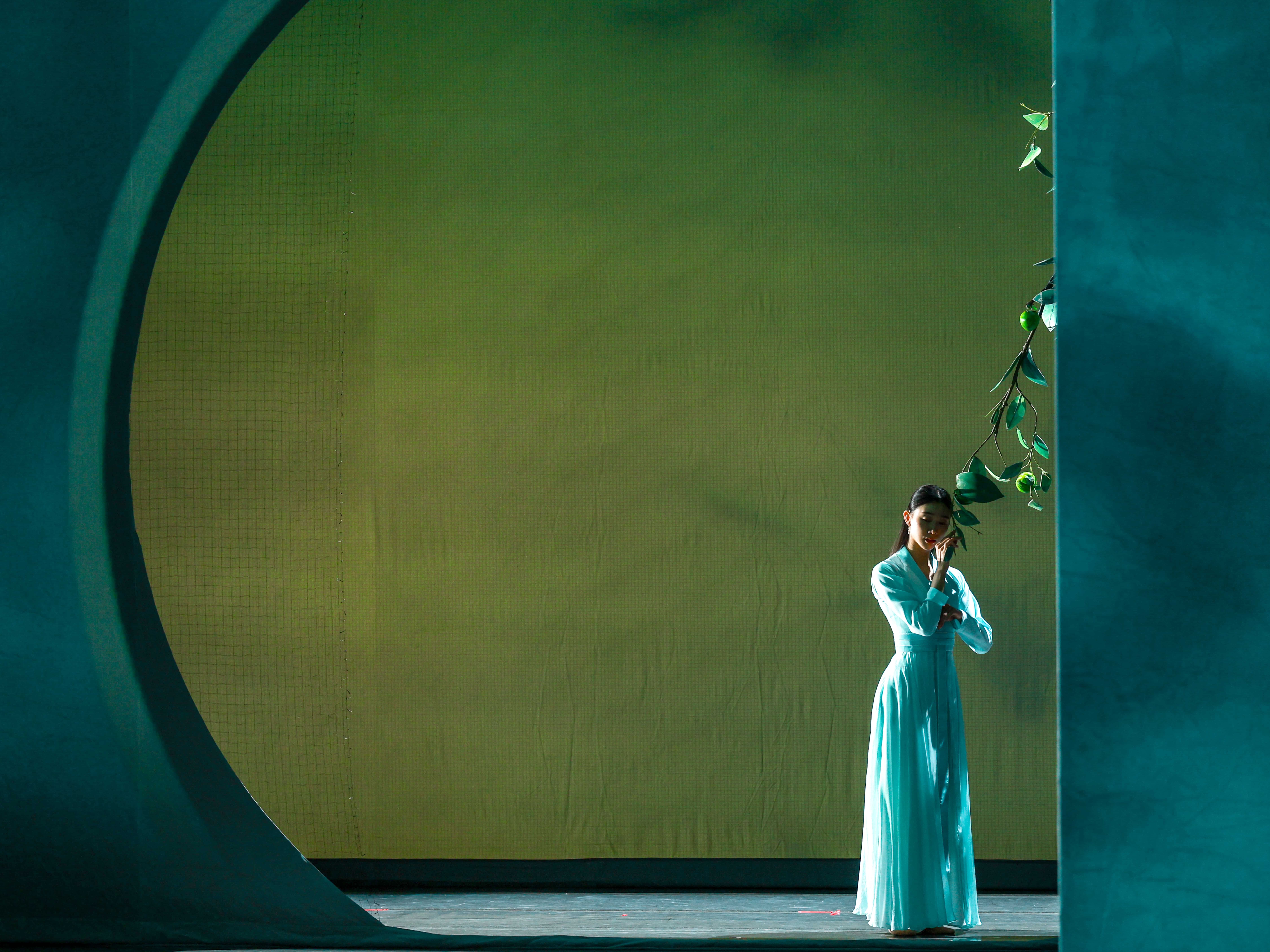
Though the Shanghai Dance Theatre production, Azure After the Rain, is set in 11th and 12th century China, the literary romance at its core comes across as refreshingly relatable.
The show that kicked off Chinese Culture Festival 2025 at the Hong Kong Cultural Centre on Sept 26 has a scene in which poet Li Qingzhao (1084-1155) and her new husband Zhao Mingcheng are seen in their private library. She is seated in her alcove, reading, while he — a collector of epigraphs and other cultural objects — is at his desk, probably listing the antiquities in his collection. At one point, he gets up to look for a book, which she finds readily, passing it on to him over her shoulder, without needing to look up from the pages she is immersed in.
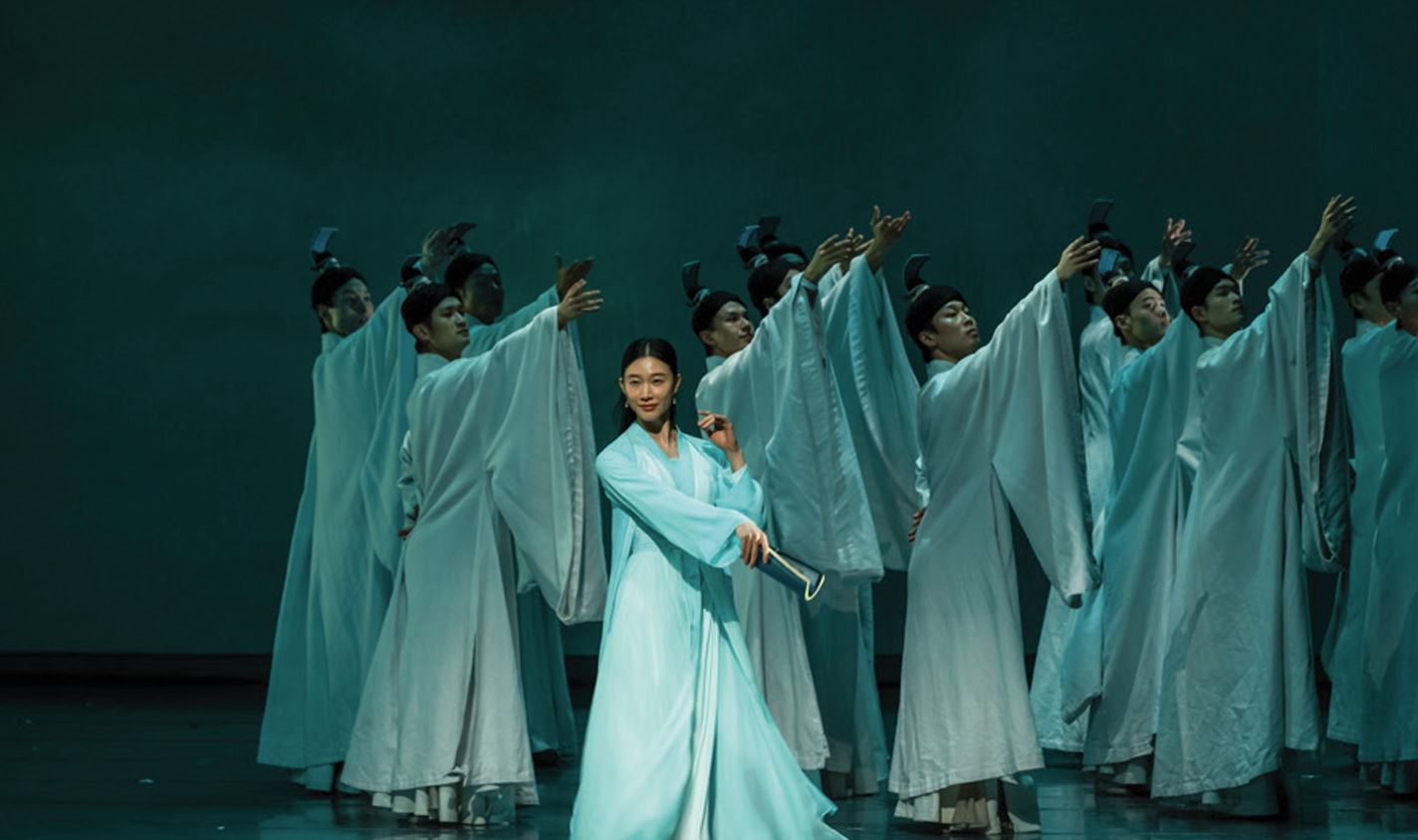
The picture of Li and Zhao as a couple in an evolved relationship, the sort who seem to have a shorthand with each other, brings to mind the Catalogue of Inscriptions on Metal and Stone — one of the earliest Chinese epigraph compilations put together by the duo. The work is a product of the couple’s deep and abiding love for art and each other — something of a stand-in for the child they never had. Li’s afterword to the catalogue, added after Zhao’s untimely death, contains memories of the life they shared and serves as a source for Azure After the Rain. The other, more obvious ones, are fragments of Li’s poems that have survived her journey through a turbulent period in China’s history. It is Li’s spare word pictures that playwright Yu Rongjun has harnessed in order to tell her story. It is a moving dance tribute to a remarkable writer and a highly individualistic human being, who made history when she divorced her second husband for covetousness in an era when such acts by women were unheard of.
ALSO READ: Azure after the rain
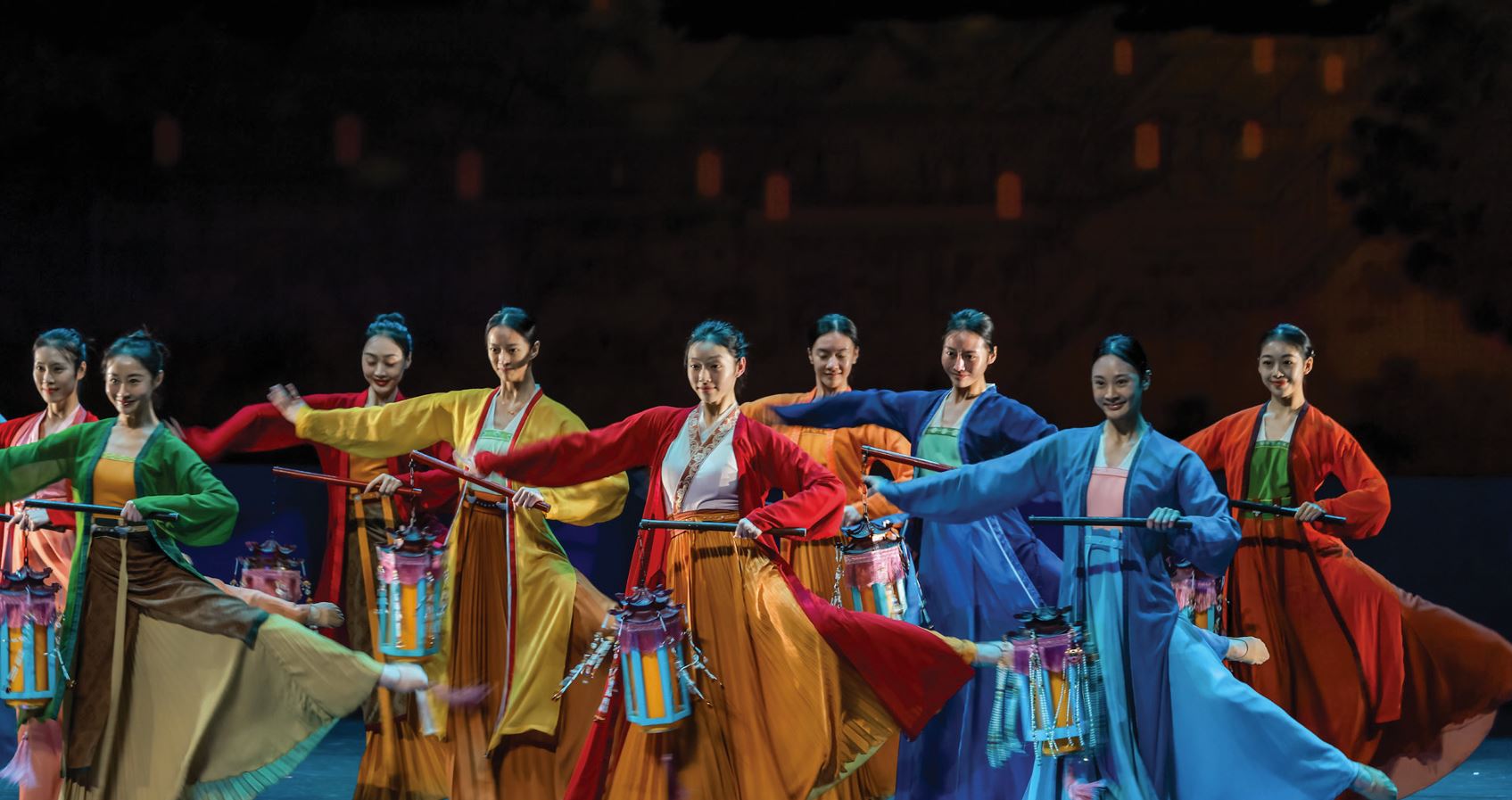
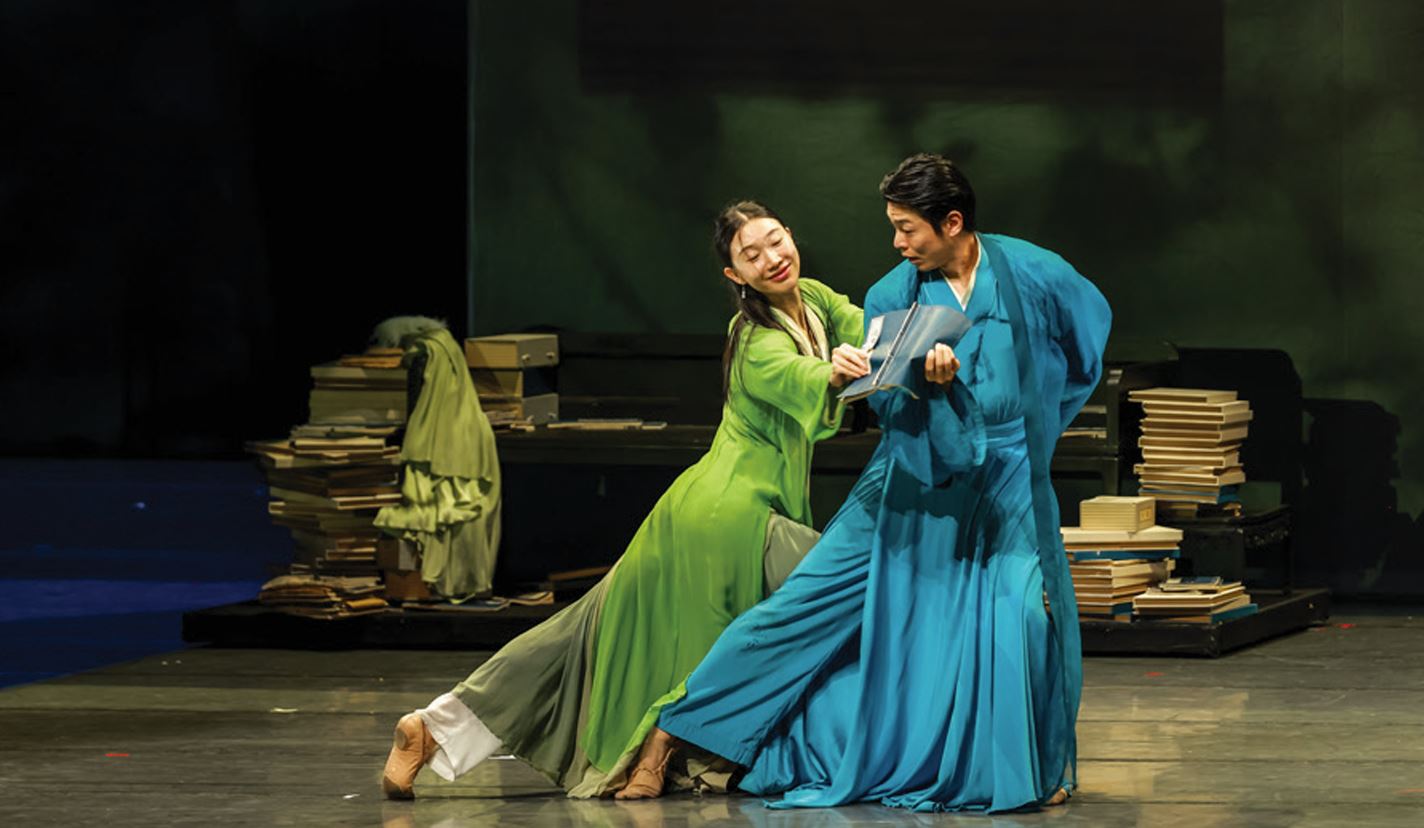
The sophistication with which directors Zhang Disha and Liu Xiaohe have interpreted Li’s poems — many of which are familiar to the show’s Chinese audience from school textbooks — is exemplary. The piece opens with a mesmerizing number, performed by an ensemble of male dancers, in long, flare-sleeved, flowing costumes and top knots, impersonating the flock of egrets that Li mentions having startled in one of her early poems. It happened during a fun-filled day out, boating with friends during the carefree days of her youth. We see a cheerful Li — danced with the right degree of playfulness and poise by Zhou Xiaohui — communing with the birds, getting completely enveloped, at times, by the swirl of their slow-flapping sleeves.
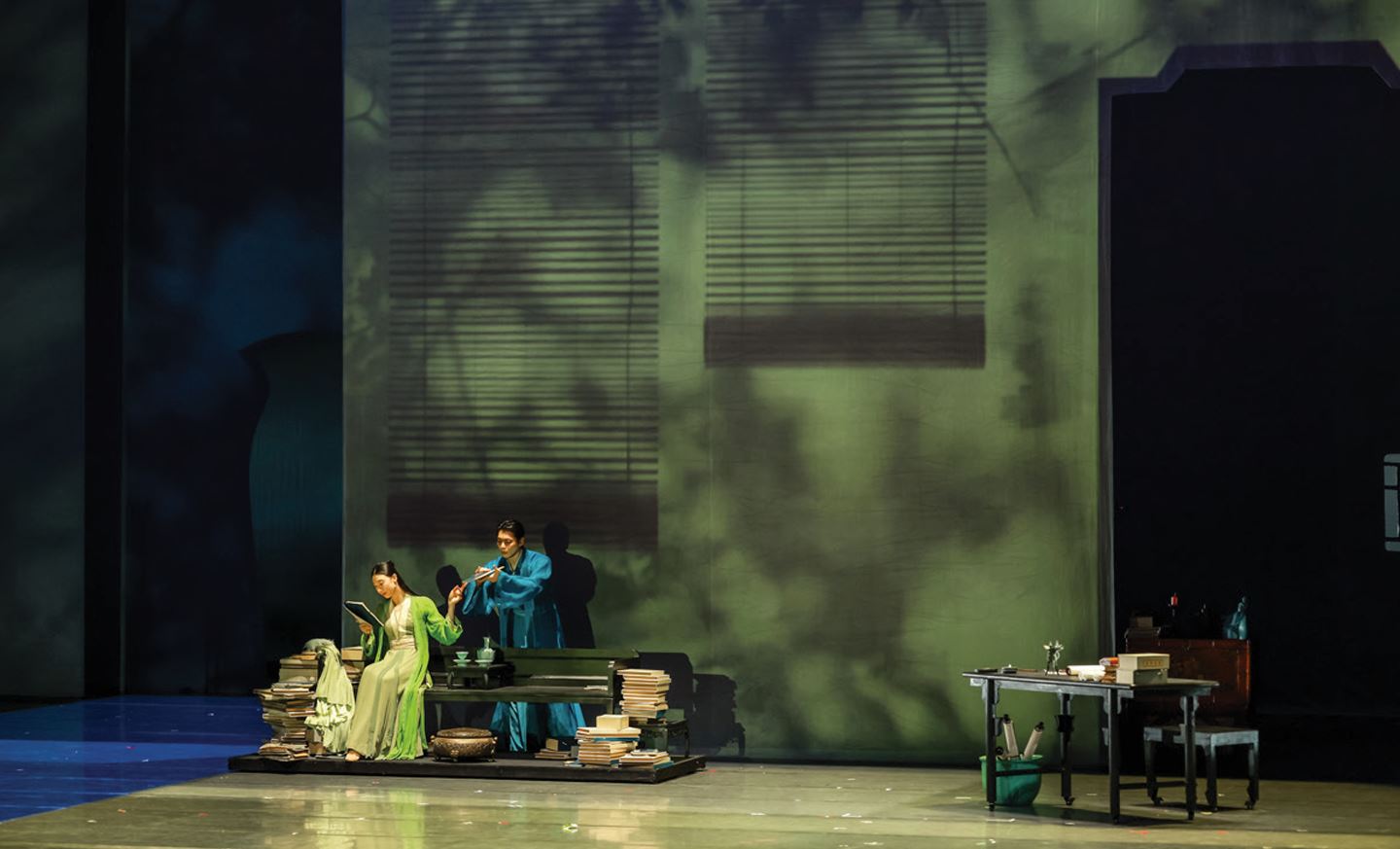
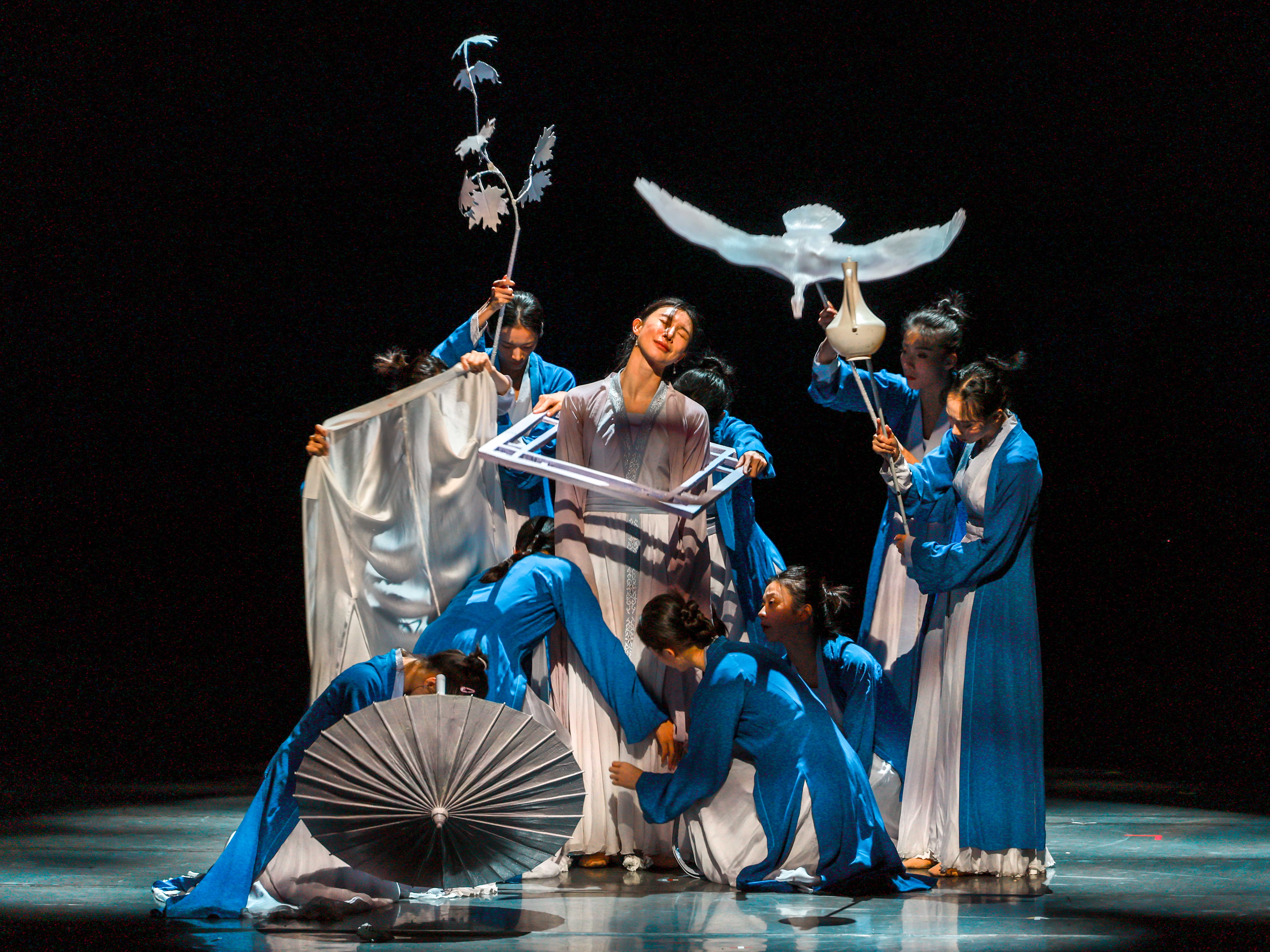
That is just one instance of stage designer Hu Yanjun, lighting designer Xiao Lihe, costume designer Yang Donglin and styling designer Jia Lei coming together to create spectacular environments that chime with the passionate intensity informing much of Li’s poetry. Credit is also due to the roughly 50-strong ensemble of dancers who take the idea of synchronicity to a new level. One particularly memorable scene is inspired by the poem in which Li stands by the Wujiang River, filled with deep sorrow at seeing the suffering of the masses after the fall of the Northern Song capital of Kaifeng in 1127. In it the dancers playing the dispossessed people toss themselves around the stage like wild waves in a storm, utterly dehumanized.
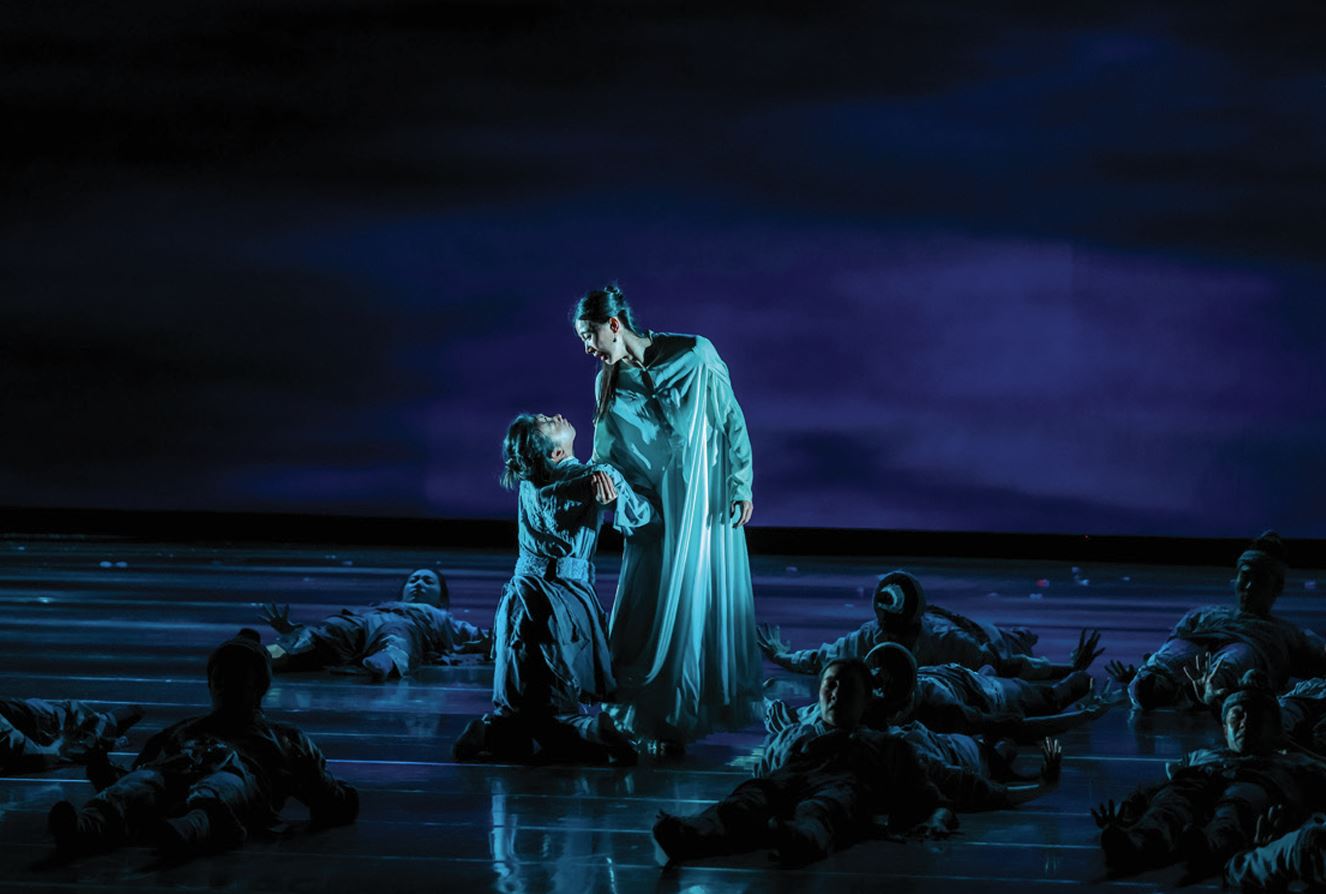
The production design ranges from grand spectacles of the familiar kind — like the lantern festival and Li’s wedding — to highly stylized representations of Li’s poems. In the scene based on verses in which Li wishes to become a soldier in order to fight for her homeland, she is depicted as caught between her life as a poet and a higher purpose. Stage props including a picture frame, a ceramic jug, a robe, a dry twig, and an oil-paper umbrella, are deftly manipulated by fellow dancers to suggest that Li feels trapped by the accoutrements that define her everyday existence as a refined Chinese woman of letters, while longing for the proverbial phoenix to show her the way.
China Daily’s Andy Chong captured the moments during the opening performance.


